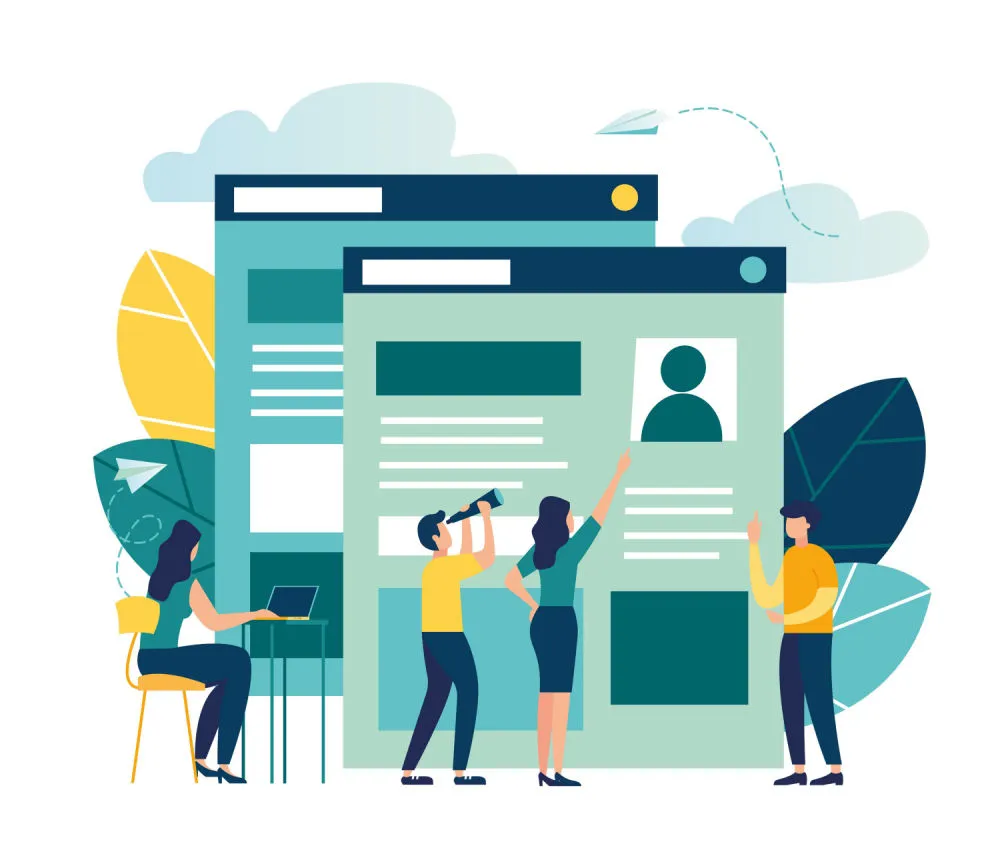Personalise and Target New Customers with First-Party Data

Data is the lifeblood of any business. You collect data about your revenue, merchandise, promotions, marketing, website and perhaps most importantly, your customers.
Customer data is crucial for product development, inventory management and campaign creation. There are many ways to get the data you need. Third-party data used to be the most common type of data. You could buy a list of prospects for targeted marketing campaigns. Third-party cookies allow you to follow website visitors to other sites and promote your brand.
Third-party data, however, is falling out of fashion. Regulators across the globe are restricting what data companies can collect and how they can use that data. Google plans to phase out third-party cookies by 2024. That means that your business will need to develop a first-party data strategy to attract and keep new customers.
What is First-Party Data?
First-party data is data that you collect directly from your customers and prospective customers. Unlike third-party data that you buy or rent, your company owns first-party data. Website visitors or people who interact with you on your social media channels often volunteer personal information that you can store and use to segment and personalise the customer journey. Examples of first-party data include:
- Demographic information
- Website behavior
- Social media conversations
- Email addresses (provided when a customer signs up for a newsletter, etc.)
- Purchase history
- Survey data
When you have first-party data, you can create and target customer segments with messaging and offers that they are most likely to respond to.
Why You Need First-Party Data
First-party data is, in many ways, better than third-party data. While third-party data is easier to acquire because you can simply purchase it, you may or may not get what you pay for. In addition, you do not own the data so you cannot follow prospects over time or adapt campaigns to their personal situations.
Using First-Party Data for Personalisation and Retargeting
First-party data is very effective for personalising the shopping experience. You can use first-party data to create customer groups based on similar characteristics (like interests, demographics and intent) and personalise their online experiences.
For example, you could target shoppers who regularly visit your New Arrivals page and send them emails announcing when new merchandise is available. Or you could display category-specific offers to customers who have purchased from that category before.
In addition, you can use first-party data to create look-alike customer groups and create targeted marketing campaigns.
You can also use first-party information to retarget customers who abandoned their carts before completing a purchase. In fact, retargeting can improve conversion rates by as much as 150%.
How to Create a First-Party Customer Acquisition Strategy
You can use first-party data to attract new customers and move them through the purchase journey. Here’s how to get started.
Identify your target audience
 Chances are your products or services appeal to some people but not to everyone everywhere. To reach new customers, you must know who you are trying to reach and what they need. Luxury vacation packages may appeal to a specific audience while adventure trips may appeal to another audience. Understanding your target audience will help you create marketing and social media campaigns that are more likely to resonate.
Chances are your products or services appeal to some people but not to everyone everywhere. To reach new customers, you must know who you are trying to reach and what they need. Luxury vacation packages may appeal to a specific audience while adventure trips may appeal to another audience. Understanding your target audience will help you create marketing and social media campaigns that are more likely to resonate.
Define your content strategy
Knowing who your prospects are and where to find them helps you and your brand develop a content marketing strategy. Content marketing is the creation and distribution of valuable, relevant and consistent content to attract and retain a clearly defined audience. Content marketing is typically less sales-y in nature. Instead, content marketing helps position your brand as a leader in your market. For example, if you sell athletic clothing, you can create content about health and fitness. Content marketing can include blog posts, ebooks, podcasts and video content.
Implement lead generation tactics
Once you have identified potential customers, learned about them and how to reach them, you can move them down the purchase funnel with lead generation campaigns and tactics. Lead generation is the process of attracting and converting strangers into prospects. Lead gen can include tactics such as creating landing pages, running campaigns and using pop-up offers to capture email addresses.
Measure and optimise
No matter how you segment and market to potential customers, it is key to measure and evaluate your efforts. If you don’t know how well your outreach is performing, you can’t replicate or improve your strategy. Track your results and analyse the data to see what’s working and what’s not. Make adjustments to your strategy as needed to improve the effectiveness of your customer acquisition efforts.
Building a customer acquisition strategy with first-party data is an ongoing process that requires patience, persistence and a willingness to try new things and learn from your missteps. But properly designed and executed, the right strategy can generate significant growth.
If you’re ready to own your customer data and improve your conversion rates, request an Air360 demo today.
